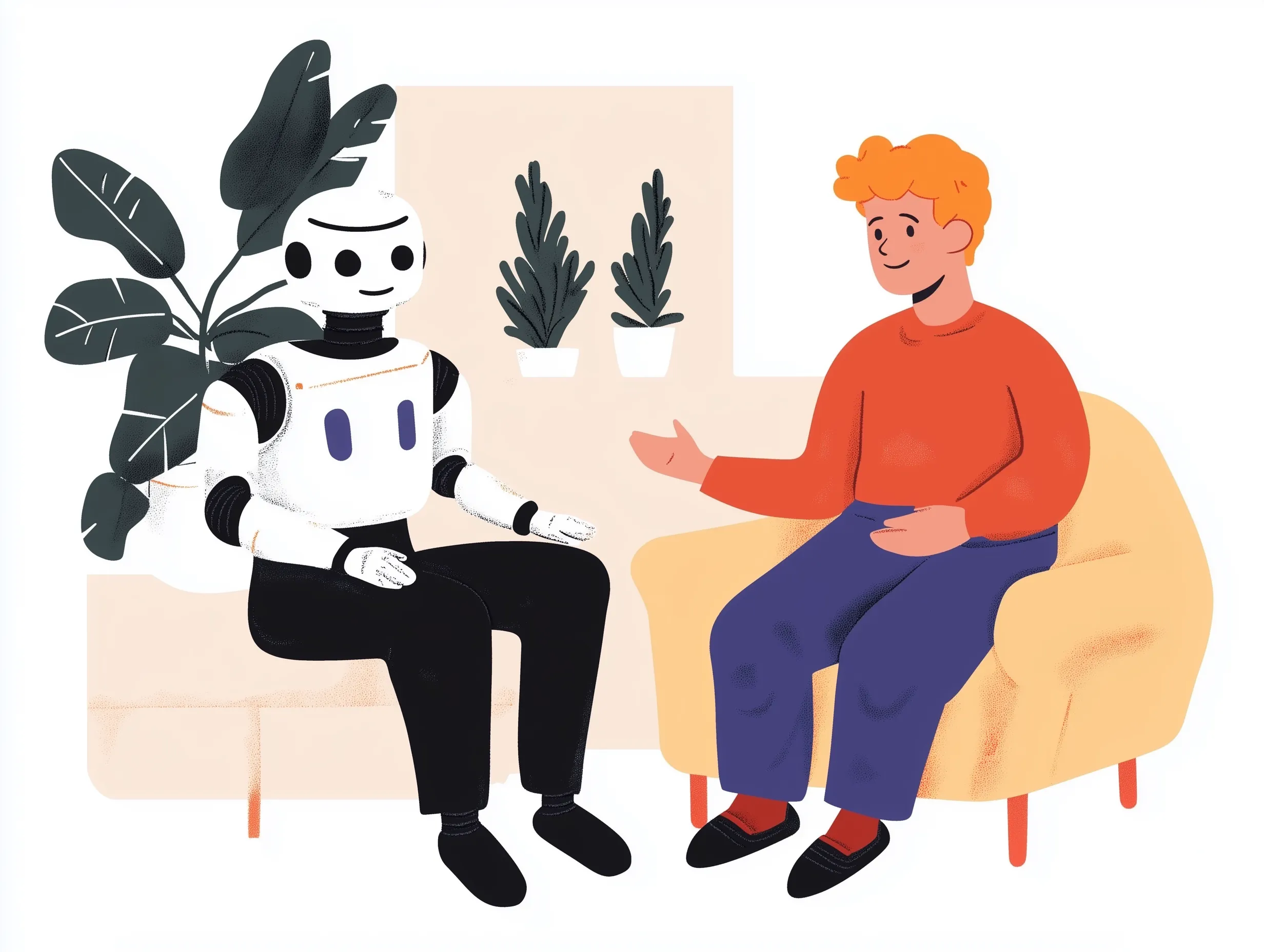Let’s face it—chatbots haven’t exactly been winning over hearts in the telecom world. We’ve all been there, stuck in an endless loop of “I didn’t catch that, could you rephrase?” when all we want is to fix a bill or ask about an upgrade.
That’s why Titus Jumper, CEO of Sales-Hub and long-time innovator in the industry, is calling it like it is in his recent article for The Fast Mode: “How AI-Powered Virtual Assistants Can Finally Deliver on the Promise of Chatbots.” And trust us, this piece hits home.
Chatbots: A Missed Opportunity
Titus doesn’t mince words about why chatbots have struggled:
“Instead of reducing frustration and wait times, many of these chatbots have left customers stuck in repetitive, unhelpful interactions.”
For an industry that deals with complex customer issues—billing discrepancies, contract questions, troubleshooting—basic bots just don’t cut it. It’s not surprising when you realize that even the people running these systems know they’re falling short. A recent Deloitte report shows that 45% of contact center leaders admit they’re not meeting their goals.
Enter: AI-Powered Virtual Assistants
So, what’s the fix? Titus makes a solid case for AI-powered virtual assistants. Unlike the bots we’ve come to dread, these next-gen systems use natural language processing (NLP) and generative AI to handle complicated questions and even predict what customers need:
“Customers no longer feel like they’re speaking with a machine; they’re interacting with assistants that ‘get’ them.”
This means no more repeating yourself a hundred times or getting transferred from one rep to another. The assistant can manage multi-topic conversations, making it feel less like a chore and more like an actual conversation.

A Human Backup Plan
Of course, Titus keeps it real—AI alone won’t solve everything. He emphasizes the importance of keeping humans in the loop for those moments when empathy and nuance are essential:
“Humans aren’t totally replaceable and they never will be.”
That’s why the best systems combine AI efficiency with human expertise. If things get too tricky, the AI can flag the conversation, and a human agent can step in seamlessly with all the context they need.
Why This Matters
Titus closes his piece with a challenge to the telecom industry: stop settling for “good enough” when it comes to customer service. Chatbots are fine for basic tasks, but if telecom companies really want to level up, they need to embrace smarter, more capable virtual assistants.
“For a truly exceptional customer service experience, telecom providers need virtual assistants that merge the technological sophistication of natural language and generative AI with the empathy and adaptability of human agents.”
The Bottom Line
AI-powered virtual assistants are more than just a tech trend—they’re a real solution to some of the telecom industry’s biggest problems. And as Titus points out, the time to act is now.
If you’re curious about how this tech is reshaping customer service, check out Titus Jumper’s full article over on The FastMode. It’s a game-changer for anyone who’s ever been frustrated by a chatbot—and honestly, who hasn’t?
